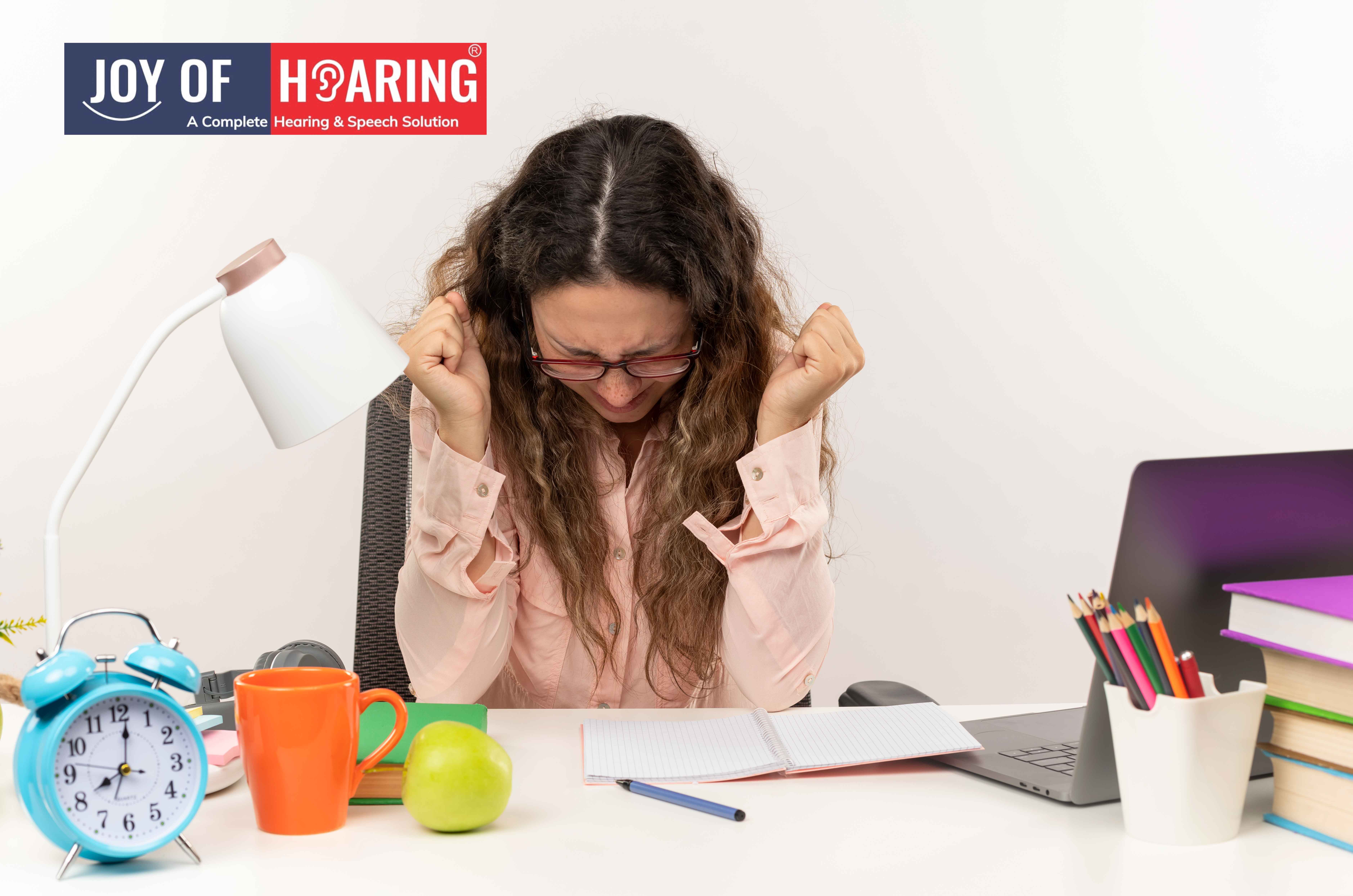
Vestibular disorders are more than just a disruption to balance—they're a profound challenge that can affect every aspect of daily life. From navigating simple tasks to maintaining emotional well-being, understanding these challenges and discovering effective coping strategies are essential for reclaiming stability and living life to the fullest.
The Dance of Equilibrium: Understanding Vestibular DisordersImagine feeling like the world is constantly spinning or swaying, even when you're standing still. Vestibular disorders, which affect the inner ear or brain pathways controlling balance, manifest through symptoms like vertigo, dizziness, nausea, and difficulty focusing. These symptoms not only impact physical coordination but also disrupt cognitive functions and emotional well-being.
Unveiling the ChallengesLiving with a vestibular disorder presents a unique set of challenges that extend beyond the physical:
How Does VRT Work?Living with a vestibular disorder requires resilience and adaptability. Celebrate small victories, acknowledge your progress, and be patient with yourself during setbacks. Remember, each day presents an opportunity to learn, grow, and discover new ways to thrive despite the challenges.
Conclusion: Finding Stability Amidst UncertaintyWhile vestibular disorders may pose significant challenges, they do not define your journey. By understanding their impact and implementing effective coping strategies, you can reclaim control over your life. Embrace resilience, seek support when needed, and continue to explore avenues for improving your physical and emotional well-being. With determination and a holistic approach to health, you can navigate the complexities of vestibular disorders and find stability amidst uncertainty.
This blog post aims to illuminate the multifaceted impact of vestibular disorders on daily life while providing practical strategies for managing challenges. By offering insights and fostering empowerment, it seeks to inspire individuals to embrace resilience and thrive despite the hurdles posed by these conditions.